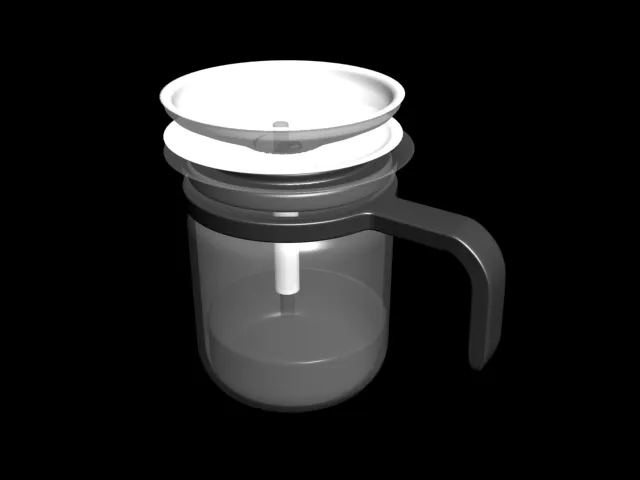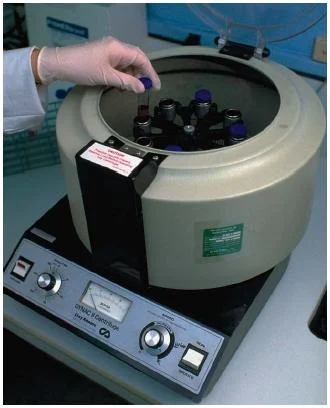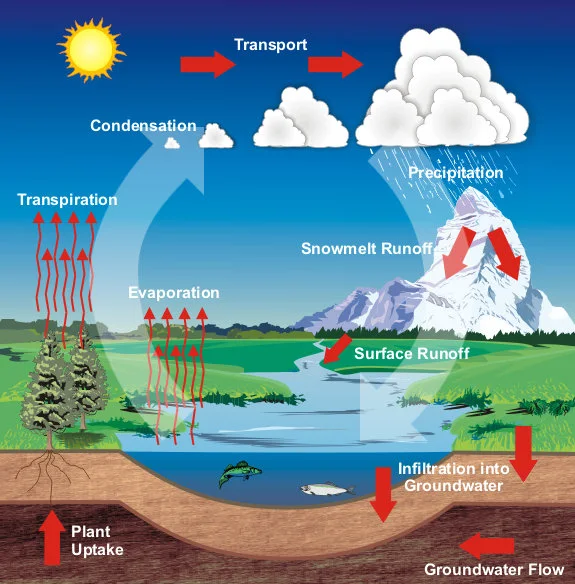 |
| Picture of Page of Mixture and Compound |
Mixtures and Compounds:
We cannot see the salt in the Ocean, but we know it is there because the water tastes salty. The salt and water form a mixture called a solution. Salt and Water themselves are compounds-substances that contain elements bound strongly together by a chemical reaction. In science, a mixture is a combination of elements or compounds mingled loosely together. Mixtures are much easier t separate into their component parts than compounds.
 |
| Moleculer Mixture Pictures of different types of Elements |
Solutions:
Animation Showing Solution of Mixtures
Potassium Permanganate crystals dissolve rapidly when they are dropped int water. The two substances are soon indistinguishable because they form a uniform mixture called a solution. In a solution particles of a solid(The solute) are completely intermingled with the particles of a liquid (The solvent). A solution is said to be concentrated if it contains a large amount of solute, and dilute if it contains only a small amount.
Separating Mixtures:
Pouring coffee through a filter is a familiar way of separating a mixture; the filter separates the coffee grounds from the liquid coffee, making it more drinkable.Other separation methods include decanting, centrifuging, distillation, and evaporation. Decanting, the simplest method, involves pouring a liquid off from a denser liquid or solid sediment.
 |
| 3d Picture of Filtration Picture |
3D animation on Filtration
1) Filter: A porous barrier called a filter is used to separate a mixture of large solid particles in a liquid. The filter allows the small liquid particle ( The filtrate) to pass through, but hold back the larger solid particles(The residue).
 |
| 3D picture of Distillation Process |
3D animation showing Distillation Process
2) Distillation: A process called distillation can be used to separate a liquid from mixture. The mixture is heated until the liquid Boils and turns int a gas , the gas is then led into called a condenser, where it cools form a pure liquid.
 |
| large centrifuges and then spun at high speeds |
3) Centrifuge: A centrifuge is a machine that separates mixtures by a spinning them round very fast in test tubes. Denser substances sink to the bottom and separates out. Centrifuges are used to extract dense blood plasma.
 |
| Evaoration |
4) Evaporation: Heat can separate a liquid from a mixture by evaporation. In ht climates, this method is often used to obtain salt from seawater. Shallow pools called salt pans are dug out on the coast and filled with seawater. The water evaporates in the warm sun, leaving salt crystals behind.
 |
| Picture of Page of Chemical Analysis |
Chemical Analysis:
There are many ways of Analysing a mixture or compound to find out what it is made of and how much f each ingredient it contains. These techniques are used to check food and medicine for purity, test air and water samples for pollution, and examine blood and urine for signs of disease.
 |
| Flame Test of Strontium Animation Showing Flame Test Colors of different Elements |
 |
| Flame Test of Calcium |
 |
| Chromatography_ Paper |
2) Chromatography: The technique known as chromatography uses an absorbent material to identify the ingredients of a solution. When a drop f black ink (a mixture of different dyes) is placed in the center of a filter paper, the ink spreads out to form rings of different colors. The dyes in the ink are absorbed by the paper at different rates, depending on the size and shape f their molecules.
 |
| paper chromatography process |
3) Titration: The concentration of a solution can be found by titration. The sample reacts with a chemical whose concentration is known. When the reaction is complete, a color change occurs. The amount of the chemical needed to bring about this color change enables chemists to calculate the concentration of the sample.
 |
| 3D picture of Titration Process |
3D Animation Showing Titration Process.
4) Mass Spectrometry: The ions of each element have a different mass. A mass spectrometer uses this fact analyze unknown substances. It changes the atoms of an unknown substance into ions, and separates them according to their mass. It then produces a graph called a mass spectrum, which shows the proportions of each element present.
 |
| When a high energy electron collides with a molecule it often ionizes .A mass spectrometer uses this fact analyze unknown substances. |
























 Online Movies
Online Movies
No comments:
Post a Comment